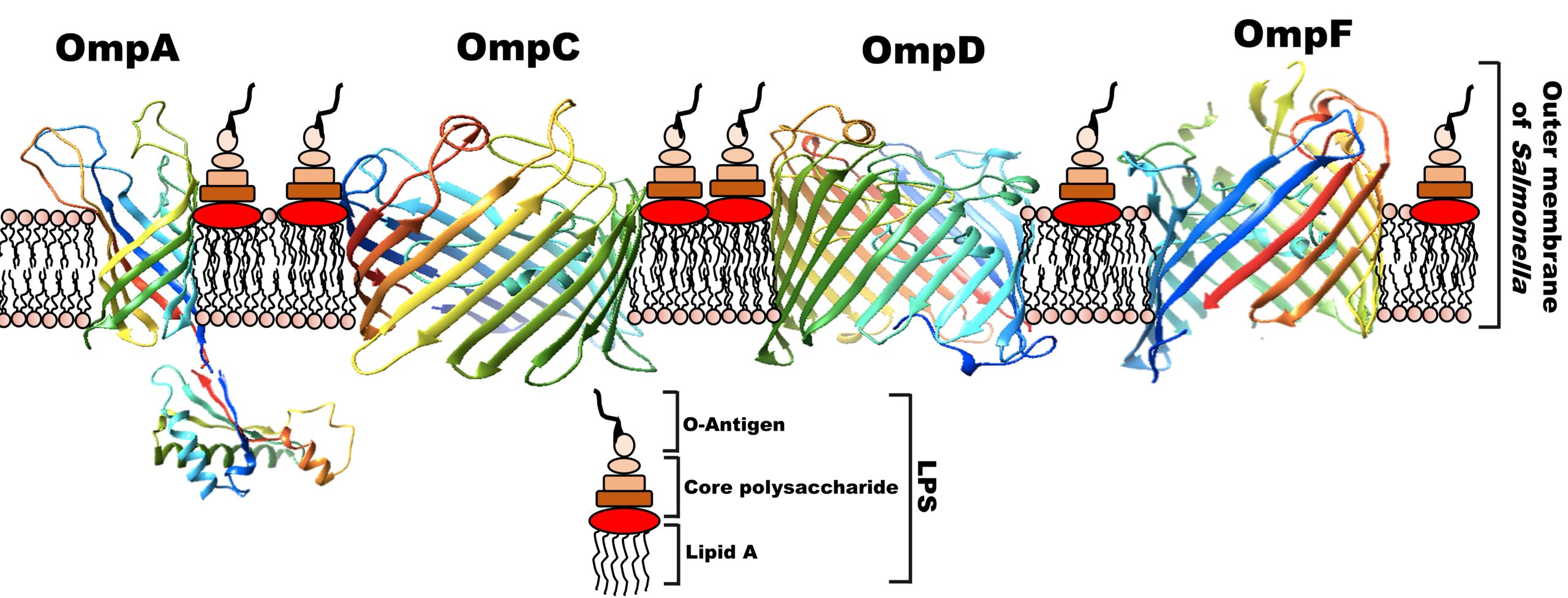About author
Atish Roy Chowdhury completed his bachelor’s degree in Microbiology with a Physics and cChemistry minor at St. Xavier’s College, Kolkata (West Bengal). He joined Bose Institute, Kolkata, to obtain his master’s degree in Life Sciences with a specialization in Molecular Cell Biology. Following, Atish undertook doctoral research at the lab of Professor Dipshikha Chakravortty at the Department of Microbiology and Cell Biology in the Indian Institute of Science, Bengaluru. where he was engaged in characterizing the role of outer membrane porins in antimicrobial resistance and pathogenesis of Salmonella Typhimurium.


